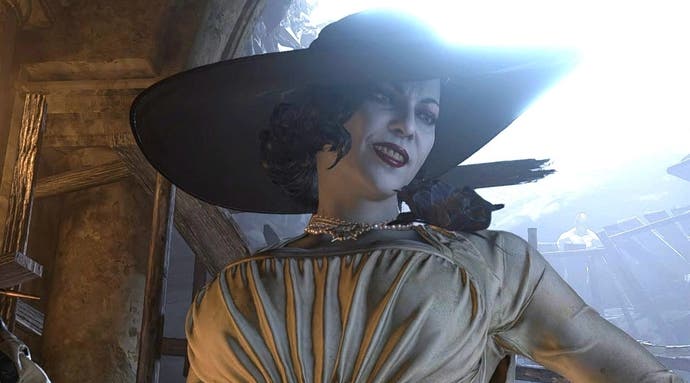Resident Evil Village PC is fixed - but players still deserve better
Plus: a look at the new FidelityFX Super Resolution support.
"Adjustments have been made to optimise the anti-piracy technology." It took Capcom 74 days from launch to release a patch to address the performance issues of the PC version of Resident Evil Village - an update Capcom had to deliver in the face of revelations that the pirated/cracked version of the game ran nigh-on flawlessly. And yet that single line is all the explanation those who bought and paid for the game received. We can confirm that the PC version of the game is now fixed, but the lack of explanation or indeed apology from Capcom still leaves us some way short of closure.
I reported on this story once a pirate outfit known as 'Empress' had managed to bypass the Denuvo anti-piracy layer, fingering Capcom's additional DRM contained within the Denuvo-encrypted code as the cause of the issues. The problems boiled down to two key issues: firstly, combat animations such as zombies lunging at you, or recoiling from fire would cause the game to freeze for a split-second (anything up to 130ms in our tests), impacting the flow of combat. Far more noticeable were encounters with Lady Dimitrescu's daughters within the castle, where multiple, sustained stutters could bring a game running in excess of 100fps on an RTX 3080 down to just over 30fps.
I've lined up performance data from the unpatched game, the cracked version and the newly released title update and essentially, the patched rendition of Resident Evil Village now runs identically to the cracked version - Capcom's adjustments to "optimise the anti-piracy technology" do work. However, it's still unclear as to why the issues were never addressed before the DRM fiasco was brought to light. The patch notes confirm that the anti-piracy technology is to blame, but does not explain how the problems made their way into user-facing code when they are so obvious and plain to see. Not only that, even in the face of user feedback and reviews, still nothing was done about it. Those who bought and paid for the game deserve some kind of explanation and apology.
There is more to this patch, however, which at least gives us something more positive to talk about. Resident Evil Village is an AMD-sponsored title, so it's nice to see the arrival of AMD FidelityFX Super Resolution (FSR) in the game. I played using the same optimised settings I've always used, which basically matches and tweaks upon presets that are broadly equivalent to the console game. On both RTX 3080 and Radeon RX 6800XT, performance is well north of 100fps with the game's checkerboarding 'interlace' mode enabled, and usually in the region 80fps with native rendering. Therefore the inclusion of FSR is an interesting alternative to the interlace mode, which does have issues - particularly with hair rendering and with some issues with double-width pixels on some content that causes specular aliasing.
FidelityFX Super Resolution is an interesting alternative. Thanks to the recent release of the source code (plus annotations from the developers) it looks like FSR is based on the concept of upscaling with a basic Lanczos filter, but tweaking the algorithm to better preserve edge detail and to reduce ringing artefacts. It's suggested that FSR aims for low-end GPUs and laptops - a far cry from the 4K upscaling we're using it for here. I came to similar conclusions to my colleague Alex Battaglia from his FSR review: the edge preservation is good, but the further down the resolution chain you go (ultra quality mode starts at 1662p down to performance at 1080p), the more obvious it is that you're seeing a basically upscaled image. That's not a totally bad thing for Resident Evil Village though, as the low contrast content masks a lot of the blur - it's where FSR works best.
There are brighter, higher contrast areas though, and it's here where FSR looks more like the upscaled presentation that it is. Based on the comments within the code, a simple but fast Lanczos scaler is at the heart of the FSR algorithm, so I decided to pit FSR up against a GPU hardware scaler - specifically the AMD scaler used in Xbox Series X. I captured the same scene at 4K FSR in performance mode (which renders internally at 1080p), then captured the same scene at native 1080p and let the Series X media player upscale it. You'll see the results in the comparison gallery - less ringing and better edge preservation with FSR but the blurriness compared to the hardware scaler is self-evident. If FSR is to evolve and remain a spatial-scaler, perhaps improving on the scaler and retaining the edge preservation technique is the way forward.
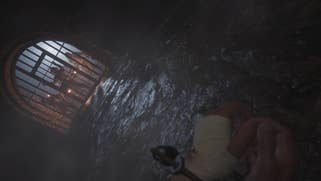

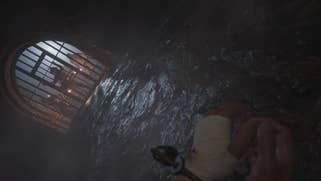

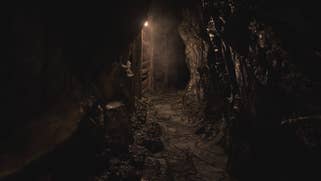
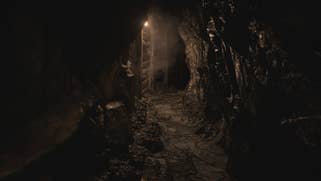

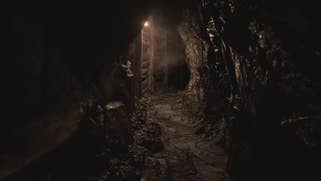















Capcom's interlace checkerboarding is an interesting comparison point to FSR. It is brighter, cleaner and crisper but has issues with hair, striping artefacts and specular aliasing. However, it is more performant than the only two FSR options we'd consider worthwhile - FSR ultra quality (1662p upscaled) and FSR quality (1440p upscaled). In theory, a checkerboarded 4K should sit between the two and yet I found that it was more performant than FSR with an additional 41 percent of performance up against quality mode at 32 percent and ultra quality mode at a disappointing 21 percent. I tested with ray tracing enabled on a Radeon RX 6800XT, so maybe RT adds some kind of fixed cost that diminishes the FSR win, but ultimately I found that while FSR can resolve some elements of image quality better than the existing checkerboarding mode, in-surface detail is blurrier and on my settings at least, there is no tangible performance win.
I've spent a lot of time with the FSR modes for a few reasons. First of all, it's an AMD sponsored title so I'd expect a best-in-class implementation and by and large, I think it's good in ultra quality mode for 4K gamers. Secondly, we've not revisited FSR since launch and I was interested in checking it out on a high profile title. And thirdly, well, it's the only real addition to the game. Alongside the performance problems, a number of requests have been made for features including a field of view slider and also for the game's temporal anti-aliasing - which is a little rough - to be improved to match the console implementation, which looks a lot better.
However, FSR is the only additional update again - and it's difficult not to feel that Capcom could be doing so much more for PC users already reeling from the news that anti-piracy measures sabotaged the game they'd bought and paid for.
